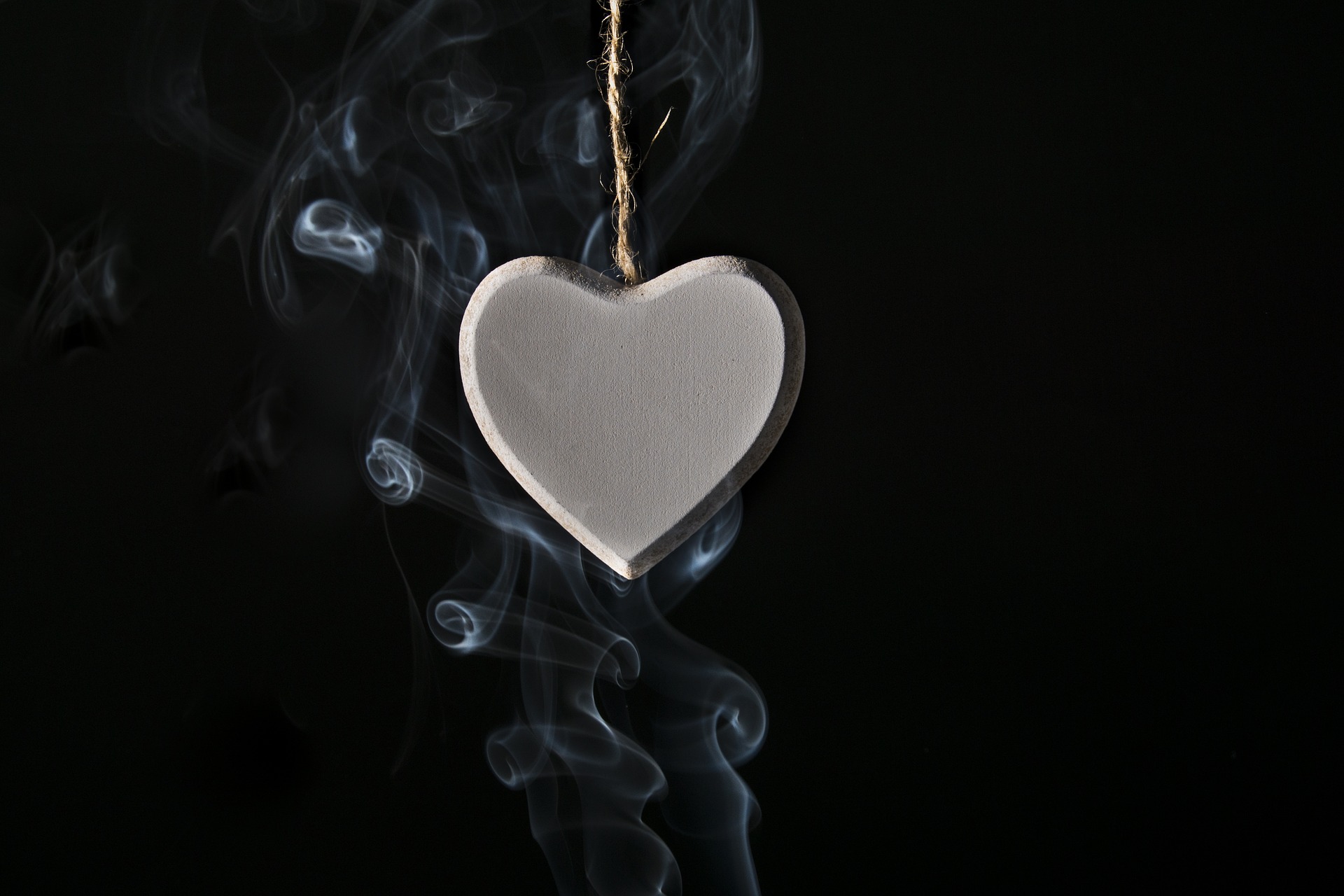Thirdhand Smoke Harms People Even After Smoking Stops
Protect Yourself and Your Loved Ones

Thirdhand smoke (THS) is a term used to describe the residual contamination from tobacco smoke that lingers in rooms long after smoking stops and remains on our clothes after we leave a smoky place. It may seem merely like an offensive smell, but it is also indicative of the presence of tobacco toxins. Our fact sheet “Thirdhand Smoke in Apartments and Condos” provides more detailed information on the problem.
Thirdhand smoke consists of the tobacco residue from cigarettes, cigars, and other tobacco products that is left behind after smoking and builds up on surfaces and furnishings. Tobacco smoke is composed of numerous types of gasses and particulate matter, including carcinogens and heavy metals, like arsenic, lead, and cyanide. Sticky, highly toxic particulates, like nicotine, can cling to walls and ceilings. Gases can be absorbed into dust in a room, carpets, draperies, and other fabrics or upholsteries. A 2002 study found that these toxic brews can then re-emit back into the air and recombine to form harmful compounds that remain at high levels long after smoking has stopped occurring.
FURTHER RESEARCH & RESOURCES
Since 2002, further studies have contributed to the growing body of evidence that this lingering tobacco residue has significant health risks. Children and hospitality industry workers are especially at risk for considerable exposure. Studies of special note and resources include:
- A study published in February 2010 found that thirdhand smoke causes the formation of carcinogens. The nicotine in tobacco smoke reacts with nitrous acid – a common component of indoor air – to form the hazardous carcinogens. Nicotine remains on surfaces for days and weeks, so the carcinogens continue to be created over time, which are then inhaled, absorbed or ingested.
- Children of smokers are especially at risk of thirdhand smoke exposure and contamination because tobacco residue is noticeably present in dust throughout places where smoking has occurred. The homes, hair, clothes, and cars of smokers can have significant levels of thirdhand smoke contamination. Young children are particularly vulnerable, because they can ingest tobacco residue by putting their hands in their mouths after touching contaminated surfaces.
- Researchers at San Diego State University’s Department of Psychology have found that homes of former smokers remained polluted with thirdhand smoke for up to 6 months after the residents quit smoking. The thirdhand smoke settled in house dust and on surfaces and then continually exposed residents to nicotine and NNK (a tobacco-specific carcinogen) even after they had quit smoking.
- Thirdhand smoke – What does the research say? – Tobacco-Related Disease Research Program (TRDRP).
- Thirdhand Smoke Resource Center, a project of San Diego State University.
SMOKEFREE AIR PROTECTS EVERYONE
Parents, landlords, business owners and others need to be aware of the health risks of exposure to thirdhand smoke and recognize that eliminating smoking is the only way to protect against tobacco’s smoke contamination.
